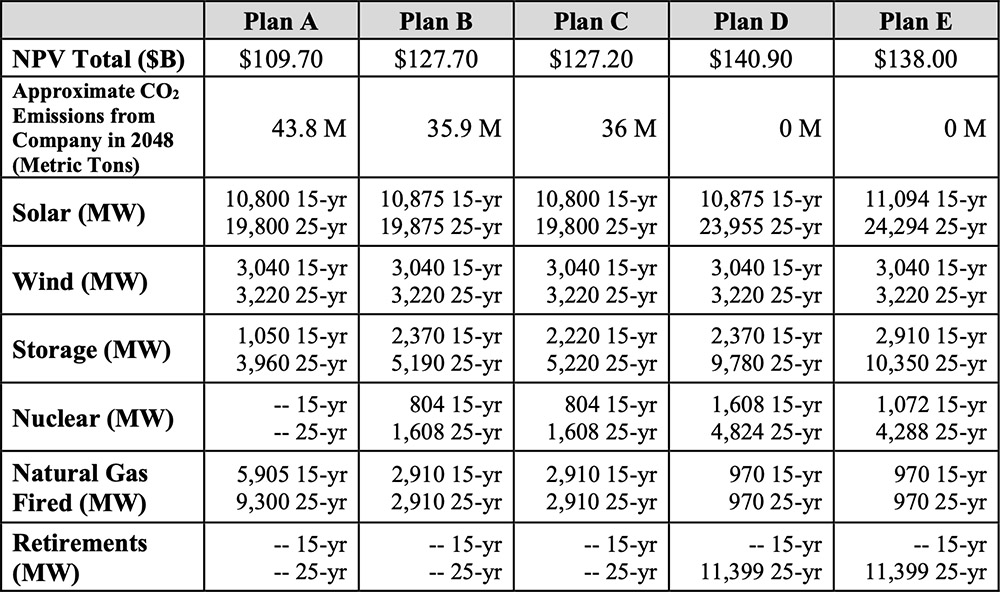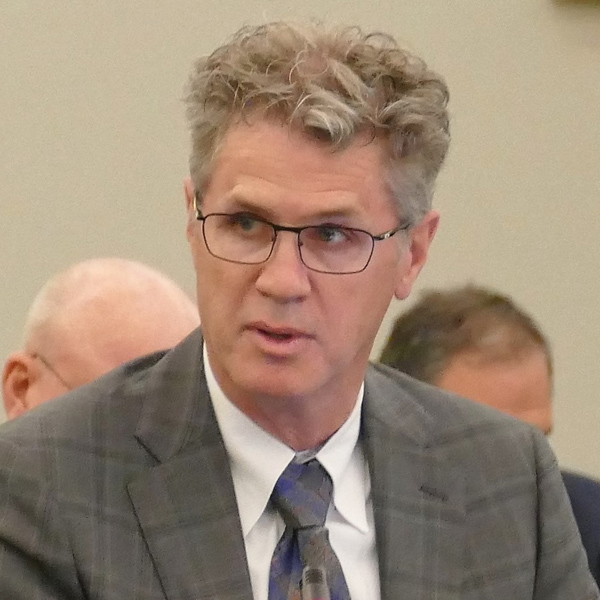New York is on track to be the first state in the nation to ban fossil fuel in new buildings.
State leaders are also expanding the role of the New York Power Authority, the nation’s largest state-owned utility, and set a 2030 retirement deadline for NYPA’s gas-fired peaker power plants.
These and a vast array of other important policy decisions — ranging from marijuana to mental health to the minimum wage — are baked into the 2023/24 state budget agreement, which was due March 31 and finally hashed out late last week.
Some of the energy and environmental provisions are potentially far-reaching and impactful. But what seemed to capture the public eye most was something that Gov. Kathy Hochul never even proposed: a ban on gas stoves.
No such ban is in the final budget bill, either. But the budget provisions will have the same effect: If a developer cannot run a gas line into the building, there is no point in putting a gas stove there.
Fossil fuel systems will be banned in new construction of fewer than eight stories starting Dec. 31, 2025, with an exception for commercial and industrial buildings greater than 100,000 square feet. The ban extends to all new construction on Jan. 1, 2029.
Backup power systems are exempted from the ban, as are manufactured homes, critical infrastructure, buildings with uses as varied as car washes and crematoriums, and places where decarbonization is technically or physically impossible. An exemption also can be granted if the grid is deemed unable to support increased power demand.
There is no opt-out provision for municipalities.
Fossil fuel systems in buildings built before the two deadlines can continue to be used, repaired and replaced.
Missing from the final budget are provisions of NY HEAT, or New York Home Energy Affordable Transition Act, which would limit expansion of natural gas distribution infrastructure in the state and actively encourage its orderly shrinkage to spare New Yorkers billions of dollars in costs to build and maintain it.
NYPA’s New Roles
Big changes are coming for NYPA.
Hochul this year proposed multiple expansions of NYPA’s role along the same framework as the Build Public Renewables Act (BPRA), a proposal that originated in the legislature and failed to advance in 2022.
Progressives championed the BPRA as a way to democratize energy and scorned the governor’s proposal as “BPRA Lite.” Multiple observers said this week that the version that emerged from budget negotiations was close to the original BPRA.
Under these provisions NYPA is:
- authorized and directed to develop, own, operate and improve renewable energy projects alone or through public-private partnerships;
- required to execute project labor agreements, enforce apprenticeship requirements and, if possible, include domestic content requirements on any renewable energy projects it undertakes, then staff the project with union labor once complete, with hiring preference to workers displaced by the energy transition;
- authorized and directed to establish a renewable energy access and bill credit program for low- and middle-income electric customers in disadvantaged communities, using credits generated by one of its renewable projects;
- directed to produce a plan to retire its seven small gas-fired peaker plants downstate before 2031. (Hochul had originally proposed a 2035 deadline. The requirement is waived if the plants are needed for emergency power service or grid reliability);
- directed to provide the state Department of Labor up to $25 million a year for workforce training; and
- directed to develop decarbonization plans for the 15 state-owned structures with the highest greenhouse gas emissions.
Reaction
Like most budgets, the 2023-2024 edition was an exercise in horse trading. Nobody got everything they wanted, and almost everybody is vowing to fight for what they can salvage before the part-time legislature adjourns for the season.
Reactions Tuesday often referred to the imperative to keep lobbying for change and to the win-lose nature of the budget provisions.
Gavin Donohue, president of the Independent Power Producers of New York, told NetZero Insider he considered the budget provisions a mixed bag.
Decarbonizing state buildings is incredibly “important and meaningful,” he said, a chance for state government to lead by example and also experience for itself the costs and challenges of the mandates it is imposing.
But putting NYPA in competition with the private sector will boost costs for its customers, he said.
Missing, Donohue said, are any meaningful details of the cap-and-invest program Hochul is pursuing and funding for research and development of the power sources to replace natural gas-fired plants, which state law mandates be retired by 2040.
Some other reactions:
Alex DeGolia, director of U.S. climate at the Environmental Defense Fund: “Gov Hochul and state leaders have positioned the state for progress on climate action, but it is just the start of the urgent work that’s needed to achieve the state’s climate goals and secure the strongest possible future for New York communities. It is enormously important that state leaders follow these actions with next steps to make the clean energy transition affordable, equitable and just for working families across New York.”
Anne Reynolds, executive director of the Alliance for Clean Energy New York: “ACE NY was opposed to BPRA, but this latest development means that NYPA will be in the mix with clean energy developers. The renewable energy industry will continue to focus on getting wind and solar projects built. Our climate goals in New York must become construction goals for family-sustaining jobs, economic development, and energy resiliency.”
The Marcellus Drilling News website: “NY State has Fallen — Gas Stoves & Peaker Plants Banned in Budget.”
Public Power NY Coalition: “The passage of the Build Public Renewables Act is a historic victory that will improve the lives of New Yorkers and be a model of how to rapidly ramp up the production of renewable energy for the country. Unfortunately, Governor Hochul and her handpicked NYPA interim CEO Justin Driscoll vehemently opposed provisions that would make NYPA more accountable to New Yorkers and were able to strip them from the version of the bill included in the budget. Driscoll has proven he is not the leader NYPA needs, and we will mobilize the powerful movement that passed this bill to oppose his confirmation.”
Lisa Dix, New York director of the Building Decarbonization Coalition: “We applaud Gov. Hochul and the New York State Legislature for their leadership in passing the first-of-its-kind statewide requirement to achieve zero-emissions in new buildings as early as 2026. Despite these steps forward, the legislature’s work is not done. After months of high energy bills, downstate New Yorkers are facing double-digit rate hikes driven, in part, by costly gas pipeline investments. While the Legislature’s allocation of $200 million for short-term utility bill relief for low-income New Yorkers is a necessary short-term Band-Aid that begs for a long-term solution. The Legislature can deliver long-term affordability this session by passing the NY Home Energy Affordable Transition (HEAT) Act.”
Renewable Heat Now! on its website said the celebratory moment is soured by the missing provisions of NY HEAT and the fact that building decarbonization deadlines start in 2026, not earlier. “Delays and Exemptions are Disappointing,” it posted. “Exclusion of NY HEAT Act Demonstrates Gov. Hochul’s Lack of Commitment to Climate Plan.”
Gas utility National Fuel Gas Company did not return a request for comment, but its homepage prominently features the message: “Tell Albany lawmakers: NO natural gas bans.”




